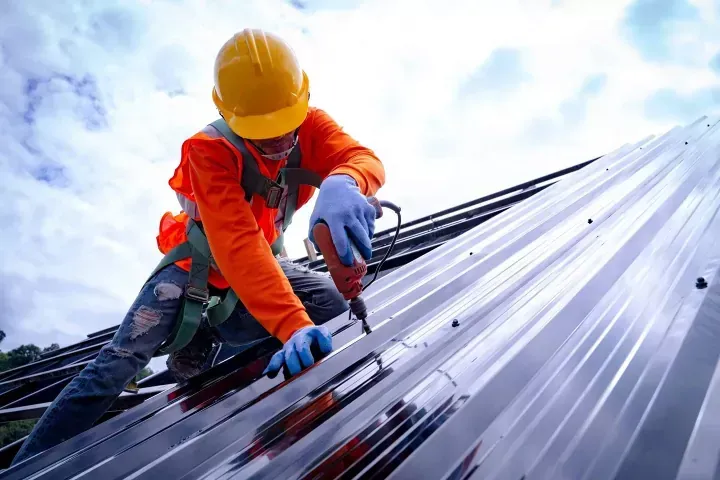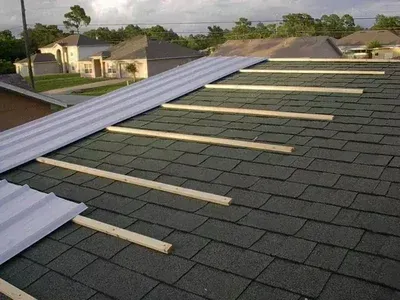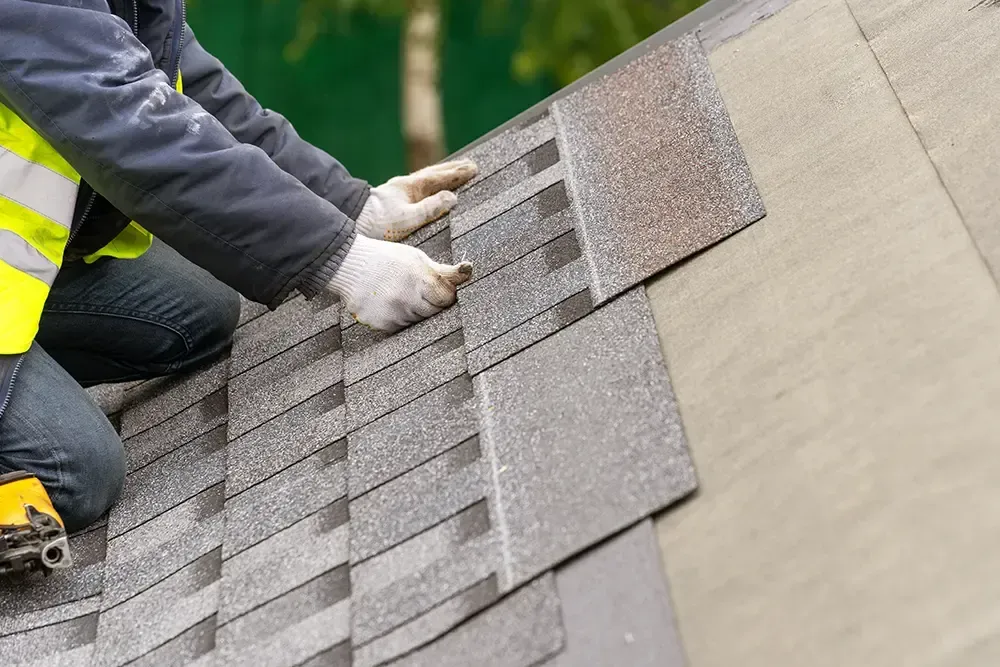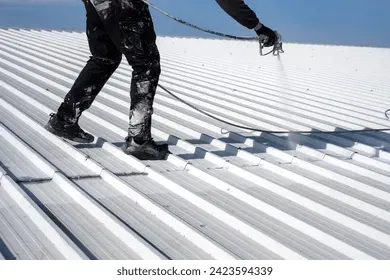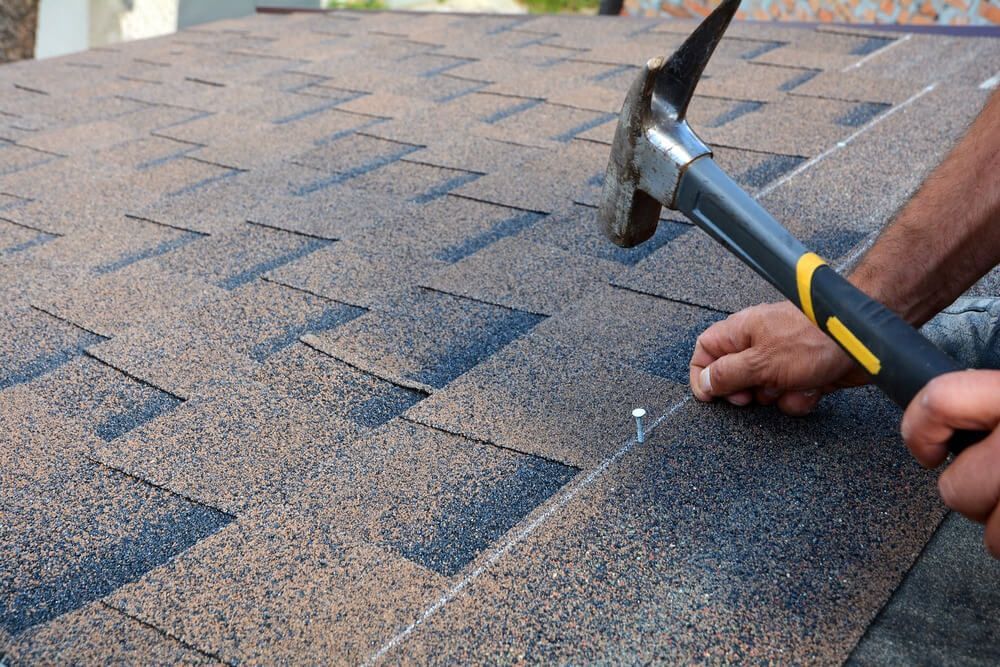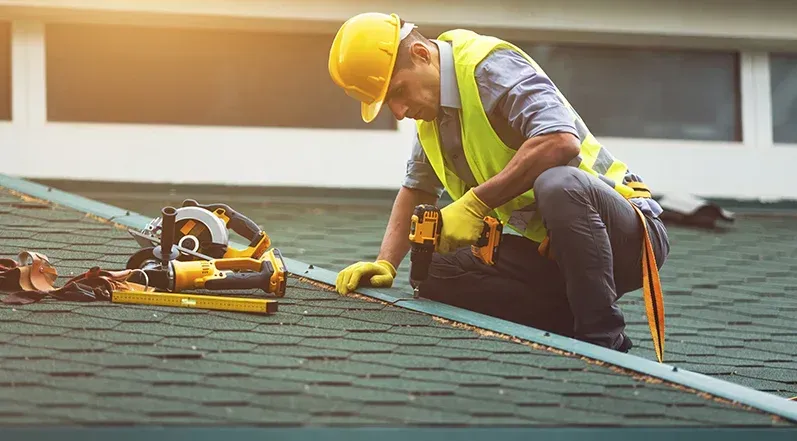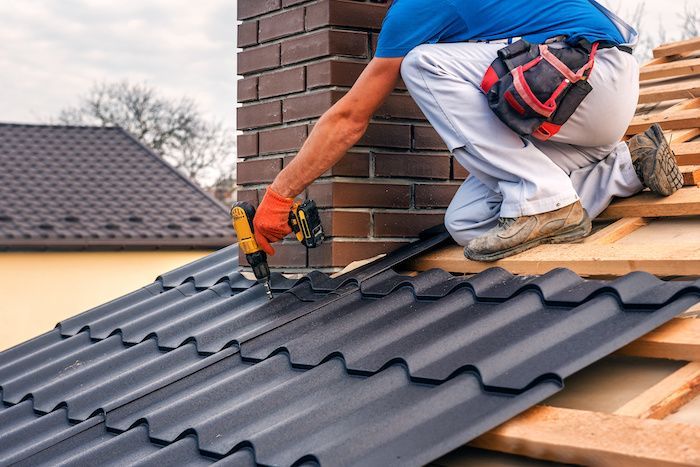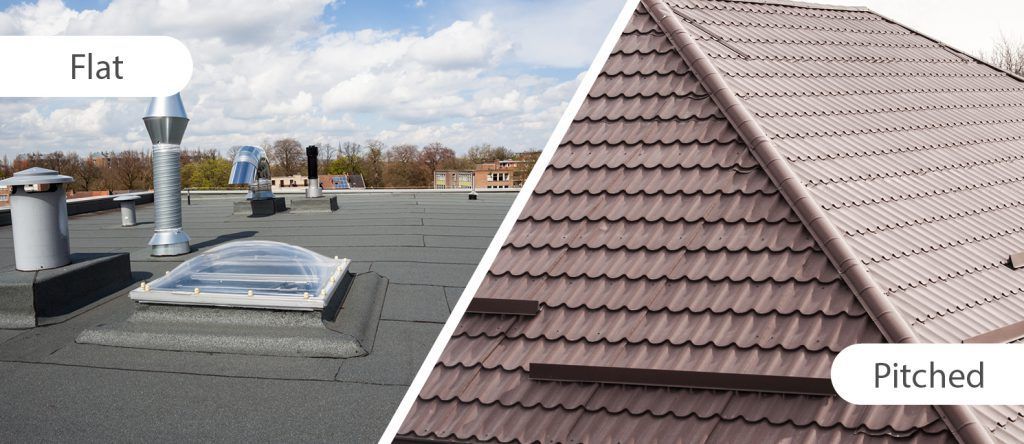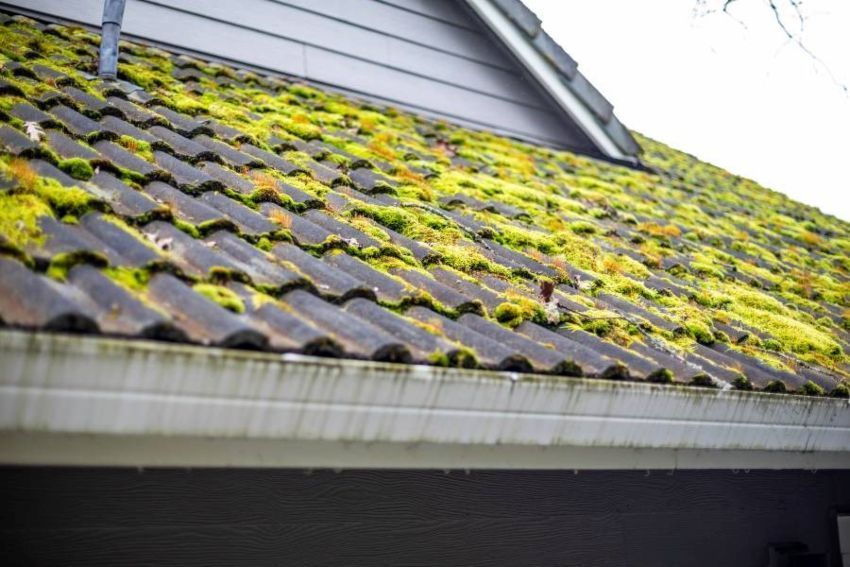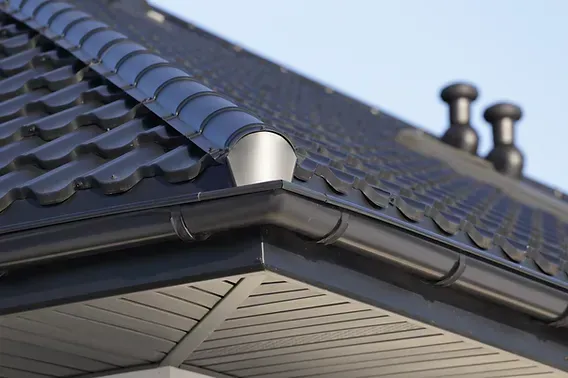What Are the Most Common Causes of Roof Leaks After a Storm?
Storms can wreak havoc on homes, and one of the most vulnerable parts of any structure is the roof. Understanding what causes roof leaks after a storm is crucial for homeowners and businesses alike to take preventive measures and address issues promptly.
Why Do Roofs Leak After a Storm?
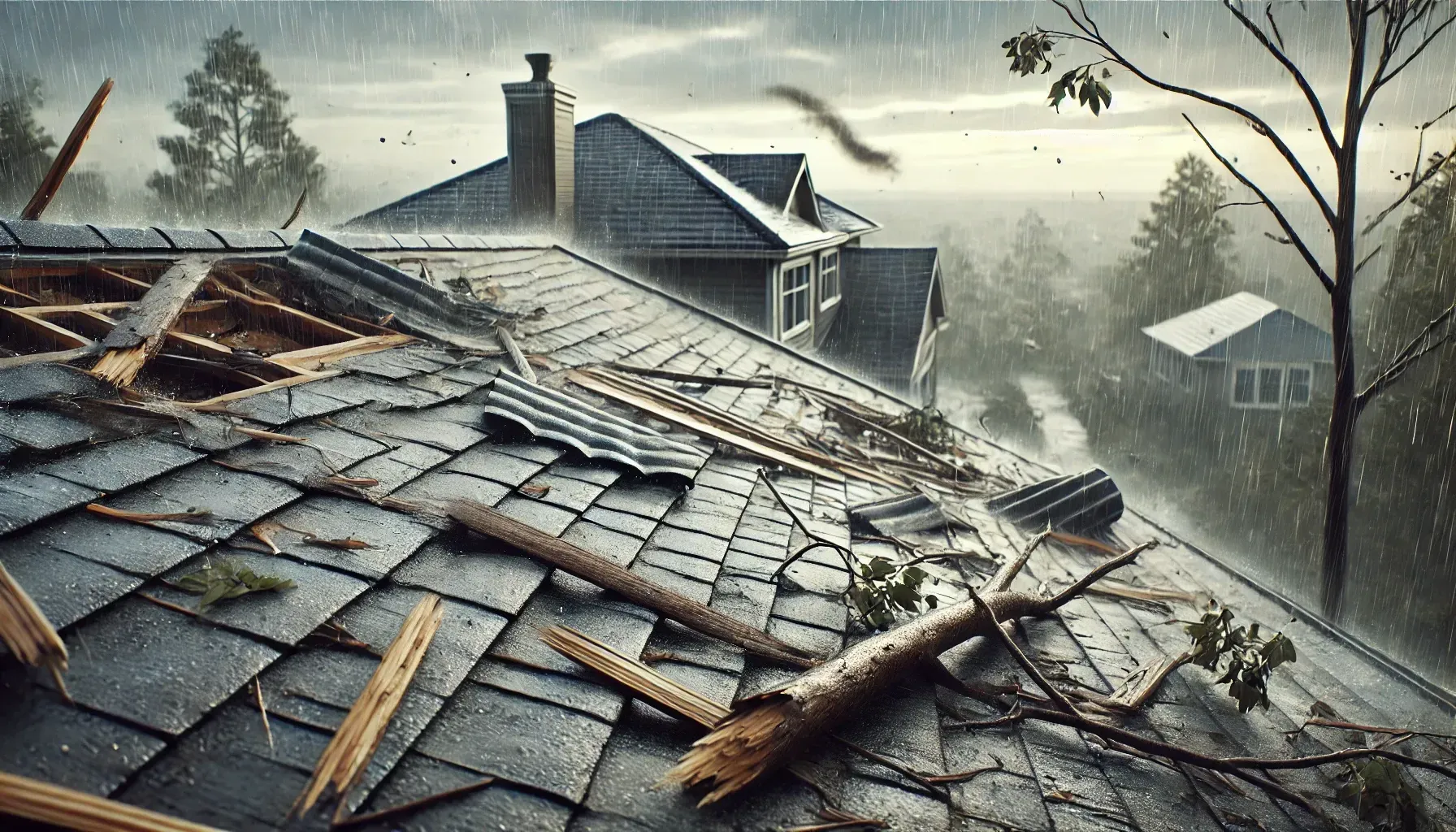
Roof leaks after a storm occur due to several factors, including physical damage, design flaws, and pre-existing vulnerabilities. Storms often combine heavy rain, strong winds, hail, and debris—a destructive cocktail that exposes weaknesses in roofing systems.
Let’s break down the primary causes:
1. Wind Damage to Roof Shingles
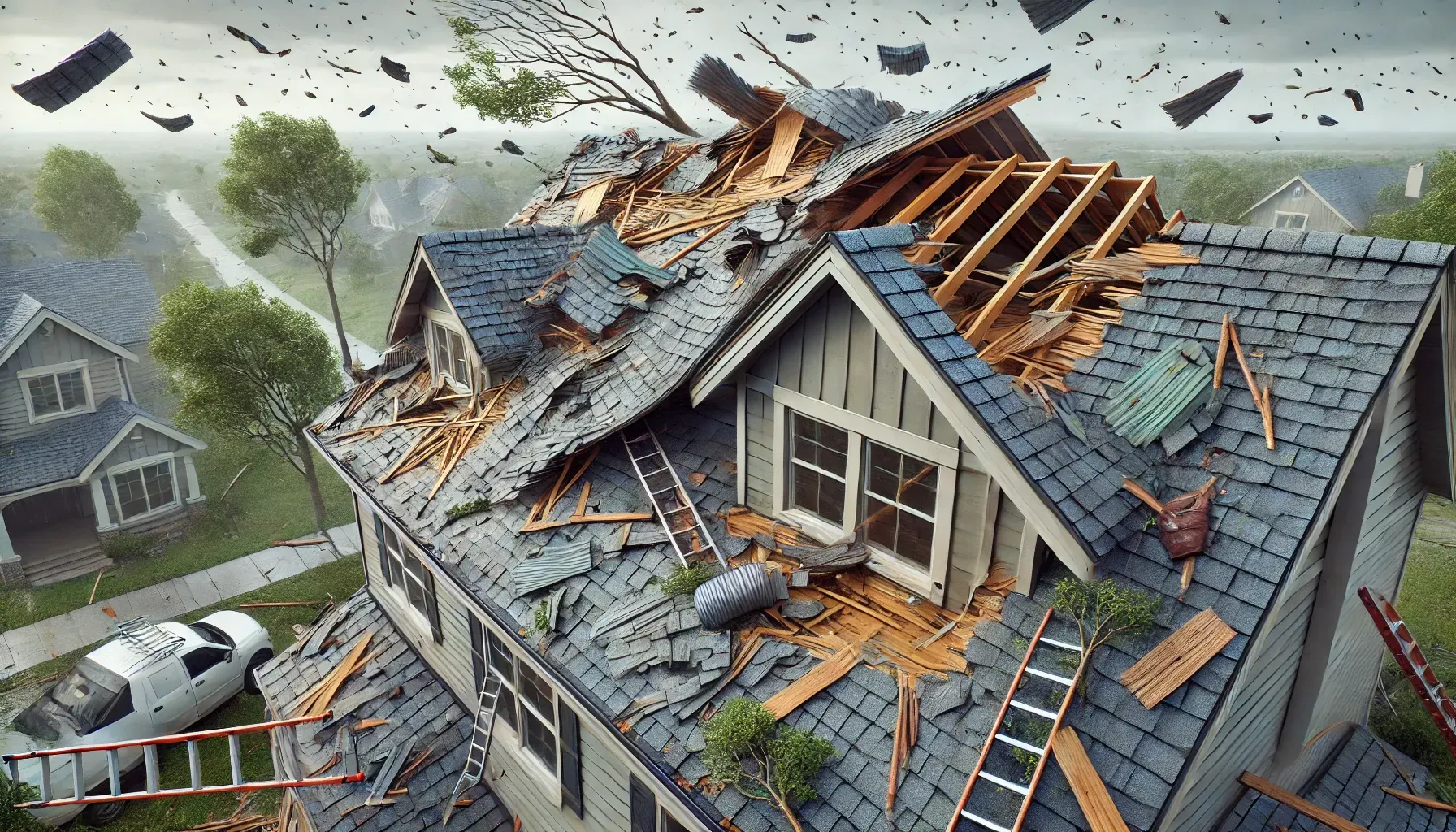
Strong winds are a hallmark of many storms, and they can cause shingles to lift, curl, or be torn away entirely. Missing or damaged shingles leave gaps, allowing rainwater to penetrate your roof’s protective layers.
Pro Tip: Regularly inspect your roof for loose or missing shingles, especially after storms, to address minor issues before they escalate.
2. Rain-Induced Roof Leaks
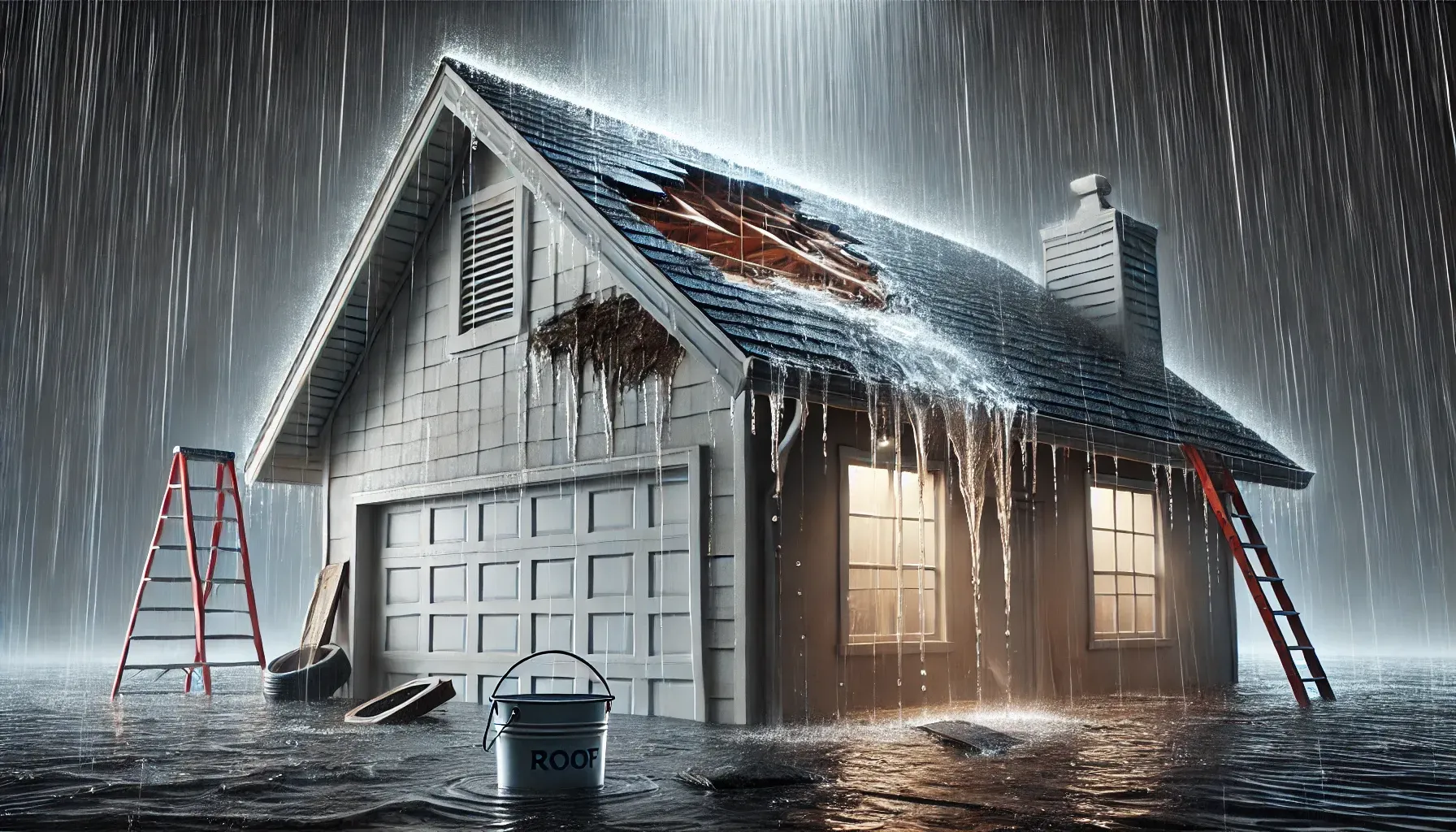
Heavy rain can exploit even the smallest vulnerabilities in a roof. Worn-out seals, damaged flashing, or tiny cracks can quickly become entry points for water, leading to leaks that can cause extensive interior damage.
Did You Know? Water can travel significant distances within a roof system before it becomes visible as a leak, making early detection vital.
3. Roof Flashing Issues After Storms
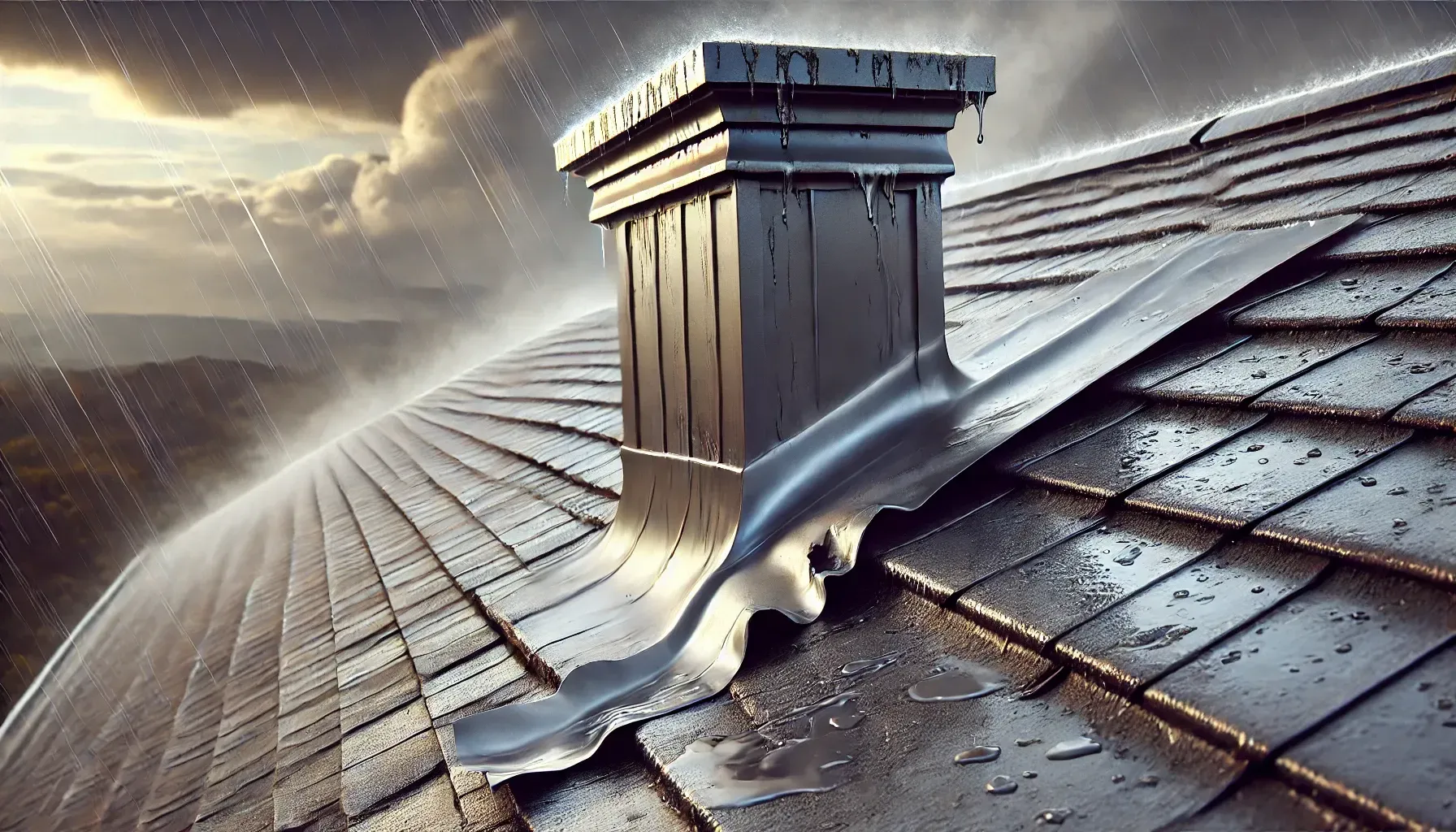
Flashing, the thin metal material installed around chimneys, vents, and valleys, is critical for preventing water intrusion. Storms can dislodge or damage flashing, creating pathways for water to seep in.
Prevention Tip: Ensure flashing is securely installed and free of rust or wear during routine maintenance checks.
4. Hail Damage to Roof Structures
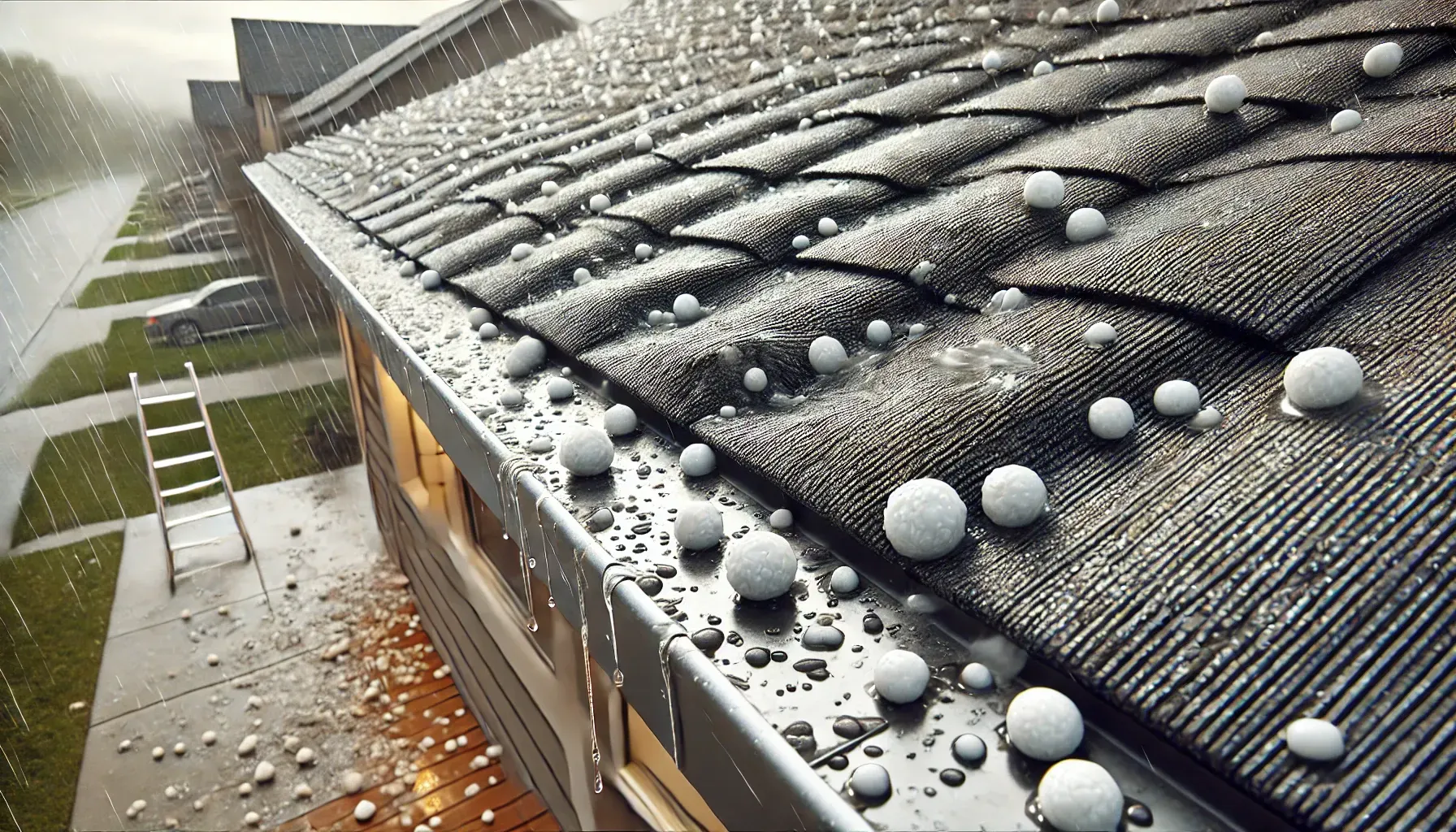
Hailstones can dent, crack, or puncture roofing materials, weakening their integrity. Even small hailstones can cause significant damage over time, particularly if your roof is already aged or compromised.
What to Look For: After a hailstorm, check for dents or cracks on shingles and any impact marks on flashing or gutters.
5. Water Pooling on Roofs

Flat or low-slope roofs are particularly prone to water pooling, which occurs when drainage systems are clogged or inadequate. Prolonged water pooling can lead to structural deterioration and leaks.
Action Step: Keep gutters and downspouts clean to ensure effective water drainage during storms.
6. Cracked or Missing Shingles
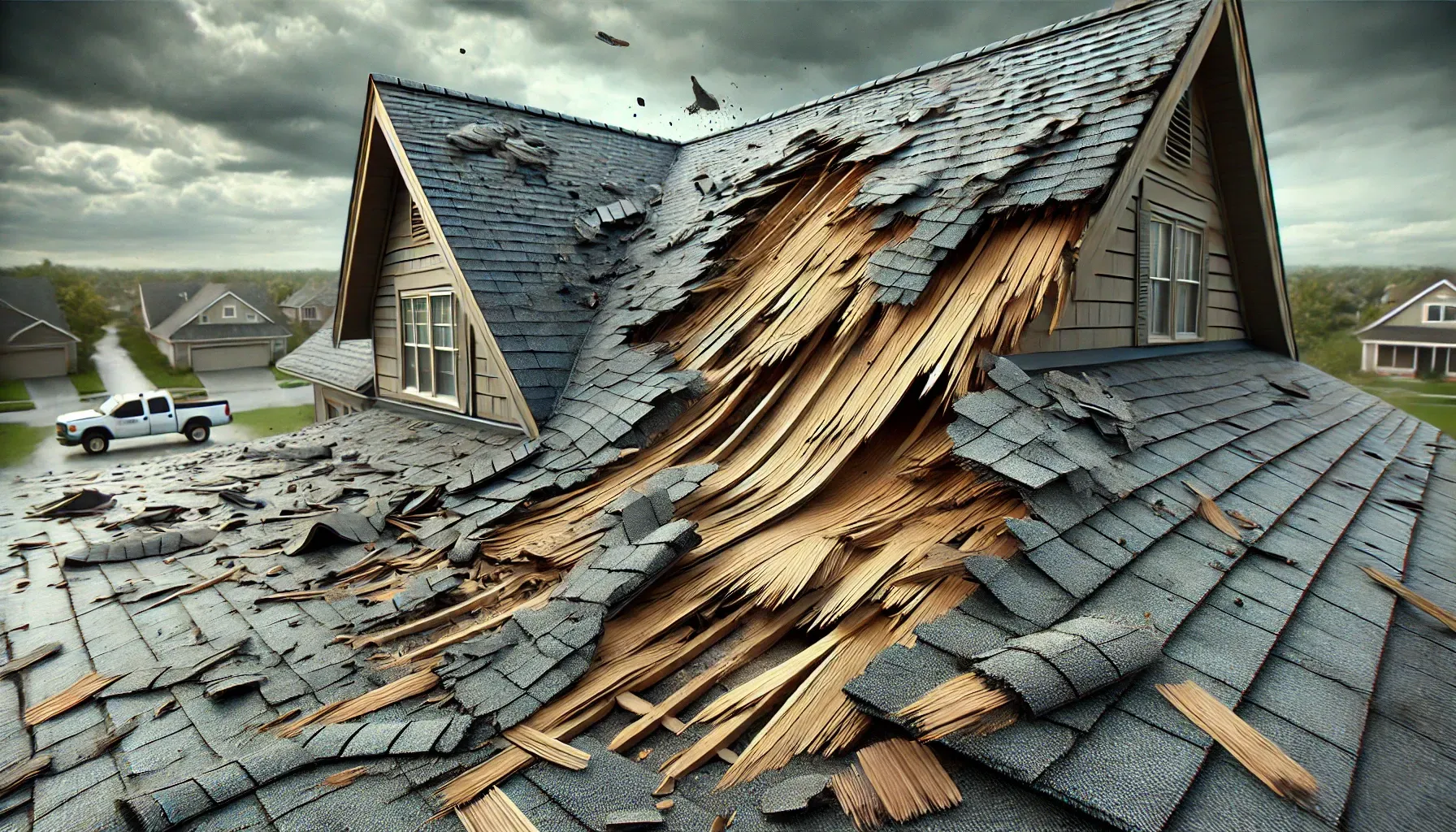
Shingles act as your roof’s first line of defense. Storms often displace or crack shingles, leaving the underlayment and decking vulnerable to water intrusion.
Quick Check: Perform visual inspections from the ground after a storm, and consider hiring a professional for a closer look.
7. Clogged Gutters Leading to Leaks
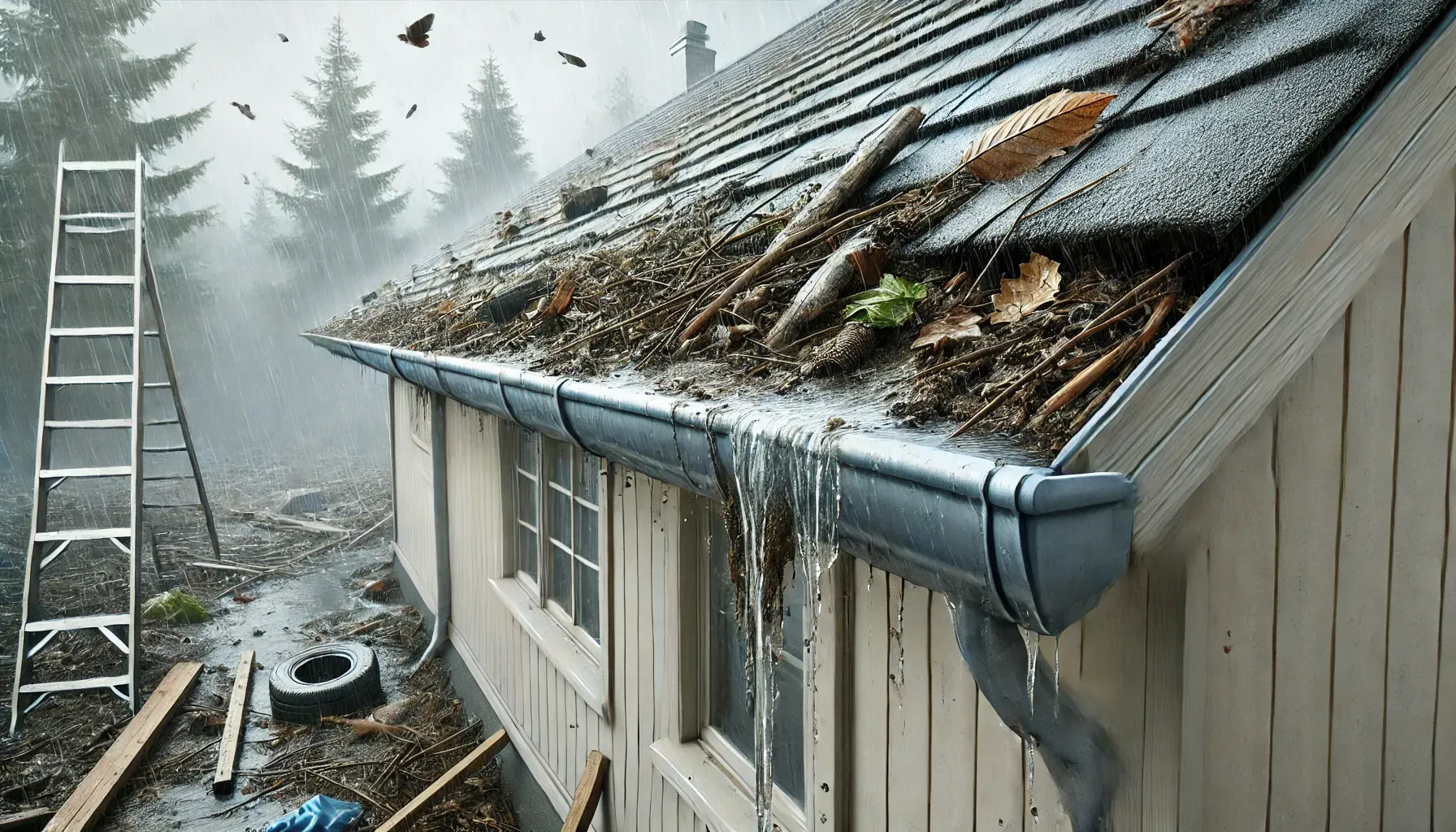
Debris-laden gutters can trap water, forcing it to back up under the roof’s edge or seep into the fascia. Over time, this leads to water damage and leaks.
Maintenance Tip: Schedule regular gutter cleanings, especially before and after storm seasons, to keep water flowing freely.
8. Damage from Tree Limbs on Roofs
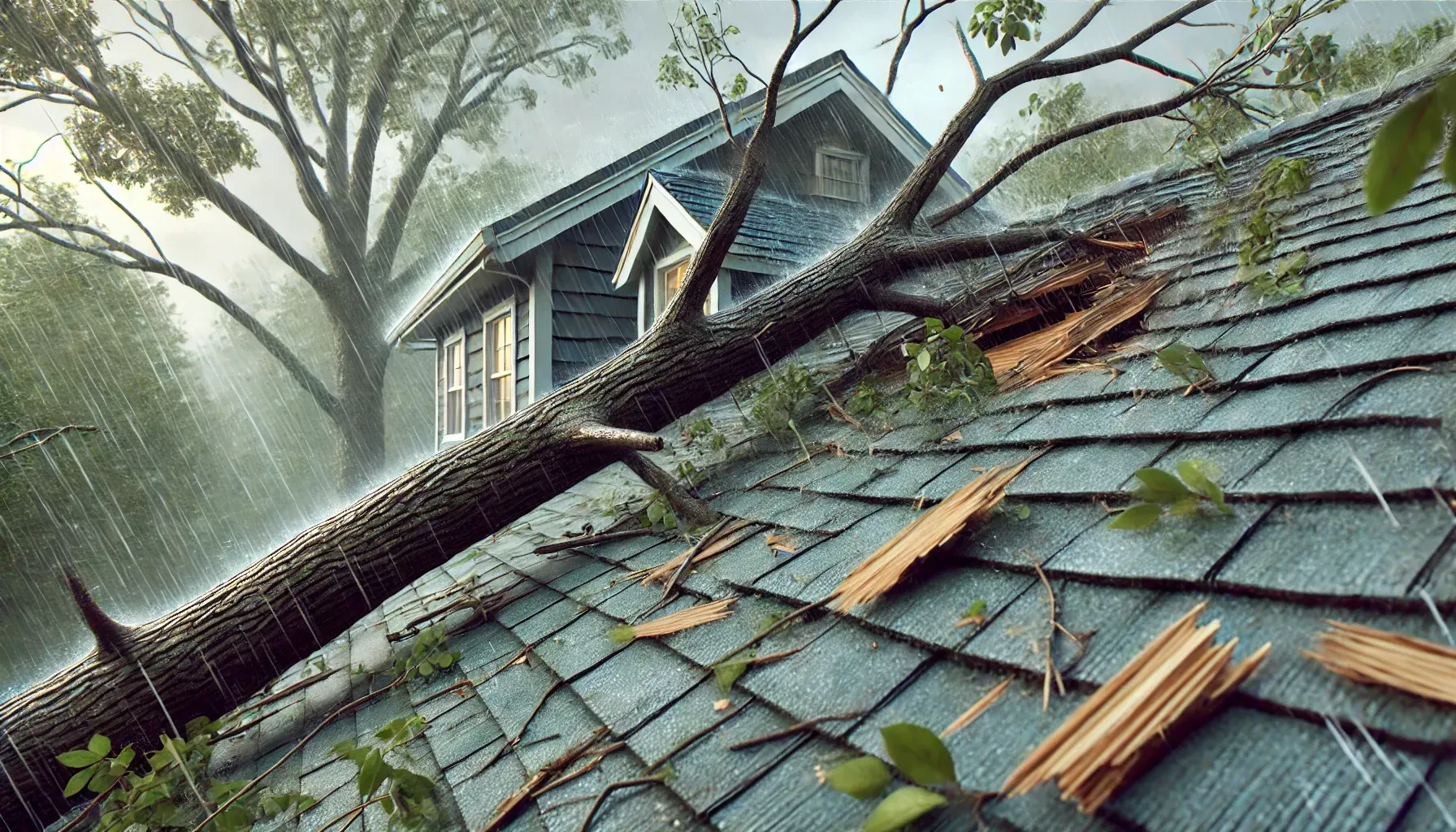
Overhanging branches and falling limbs are major culprits during storms. They can puncture roofing materials or add extra weight, causing structural strain.
Prevention Tip: Trim back trees near your home to reduce the risk of storm-related damage.
9. Hidden Roof Leaks After Heavy Storms
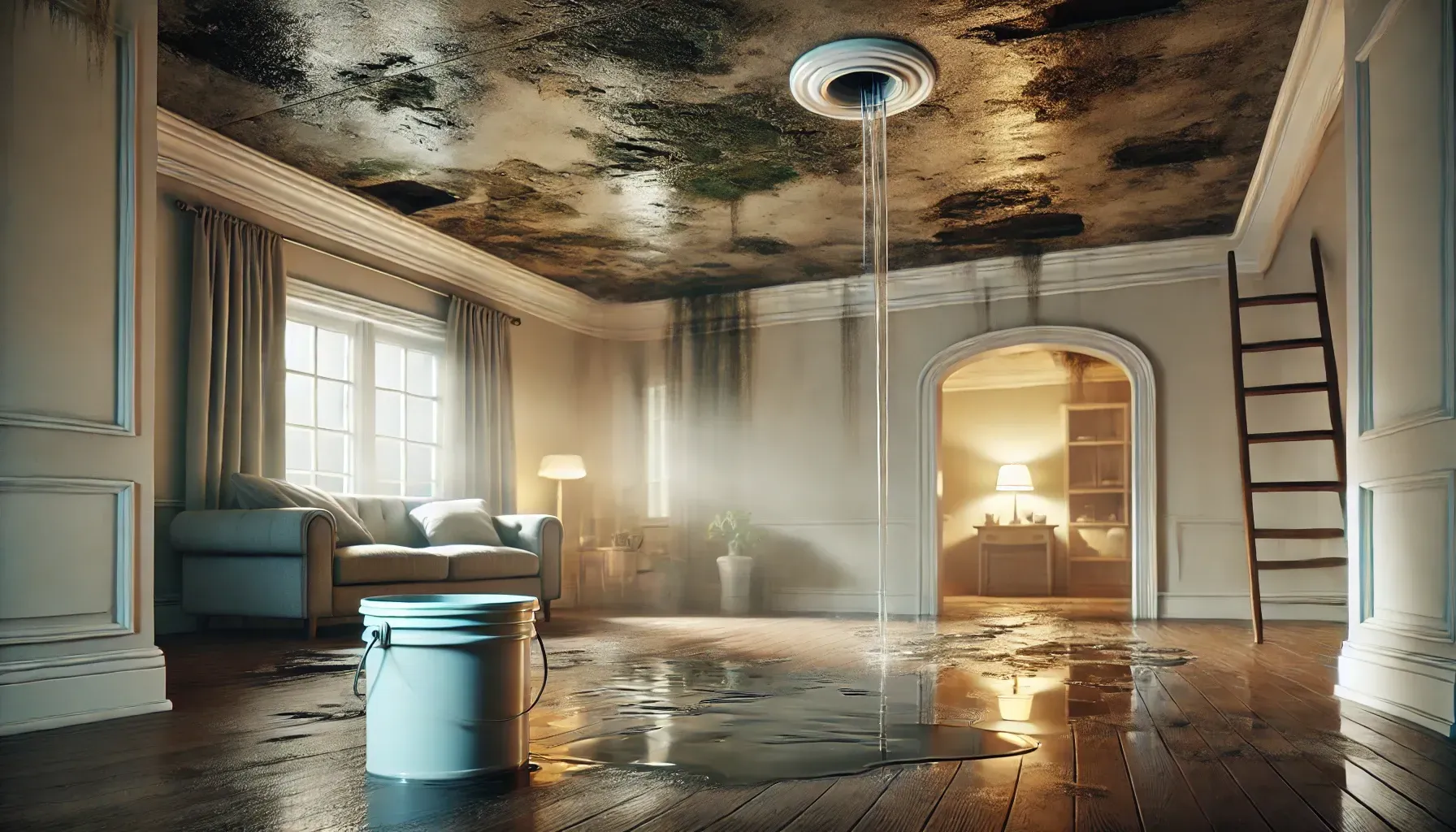
Some leaks remain undetected until they cause significant damage. Water stains on ceilings, mold growth, and musty odors are common signs of hidden leaks.
Solution: Regular inspections and prompt repairs can prevent hidden leaks from escalating into major issues.
How to Identify Roof Leaks After a Storm
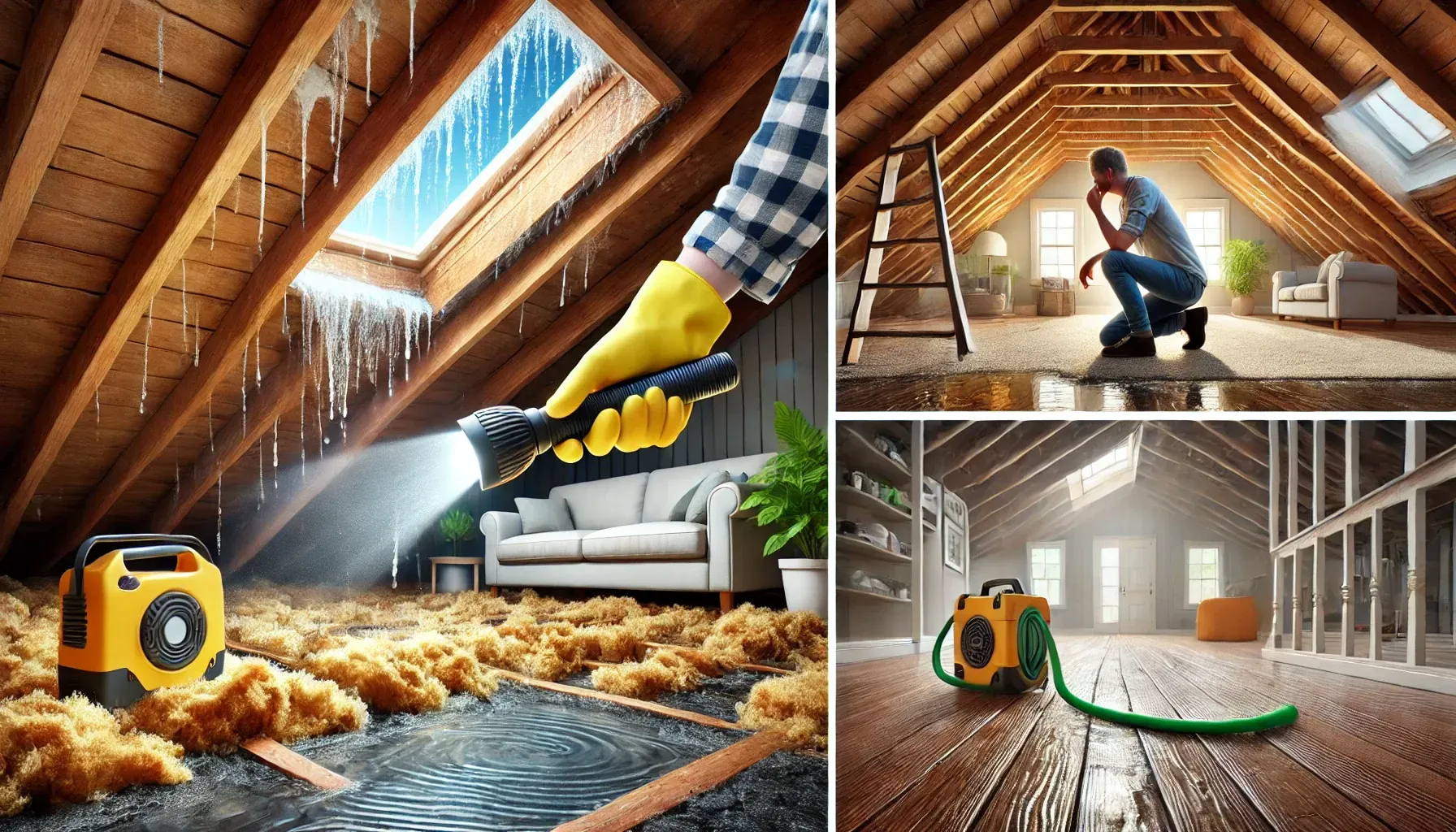
Detecting roof leaks early can save you time and money. Here are key steps to take:
- Inspect the attic: Look for water stains, mold, or damp insulation.
- Examine ceilings and walls: Check for discoloration or peeling paint.
- Use a garden hose: If it’s safe, simulate rain to identify leak entry points.
Signs Your Roof Needs Repair can often include visible damage like missing shingles, water stains, or mold growth. Recognizing these early helps prevent further structural damage.
Storm Roof Inspection Tips
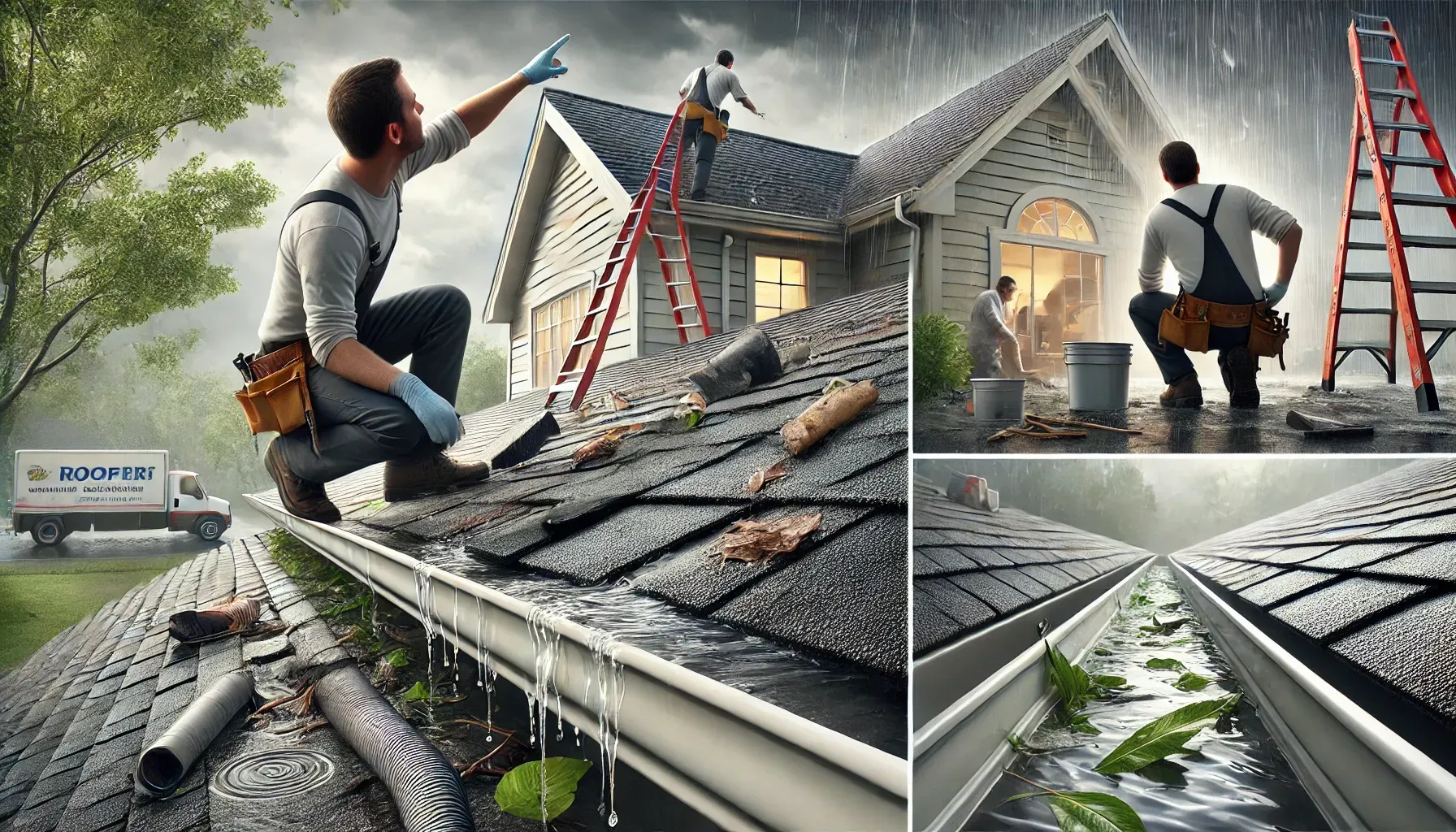
A thorough inspection after a storm can help you assess damage and plan repairs. Consider these tips:
- Start with the roof’s exterior, noting any missing shingles, dents, or debris.
- Examine gutters for blockages or damage.
- Check interior spaces for water intrusion signs.
- Hire a professional roofing contractor for a comprehensive assessment.
Emergency Roof Repair After Storms
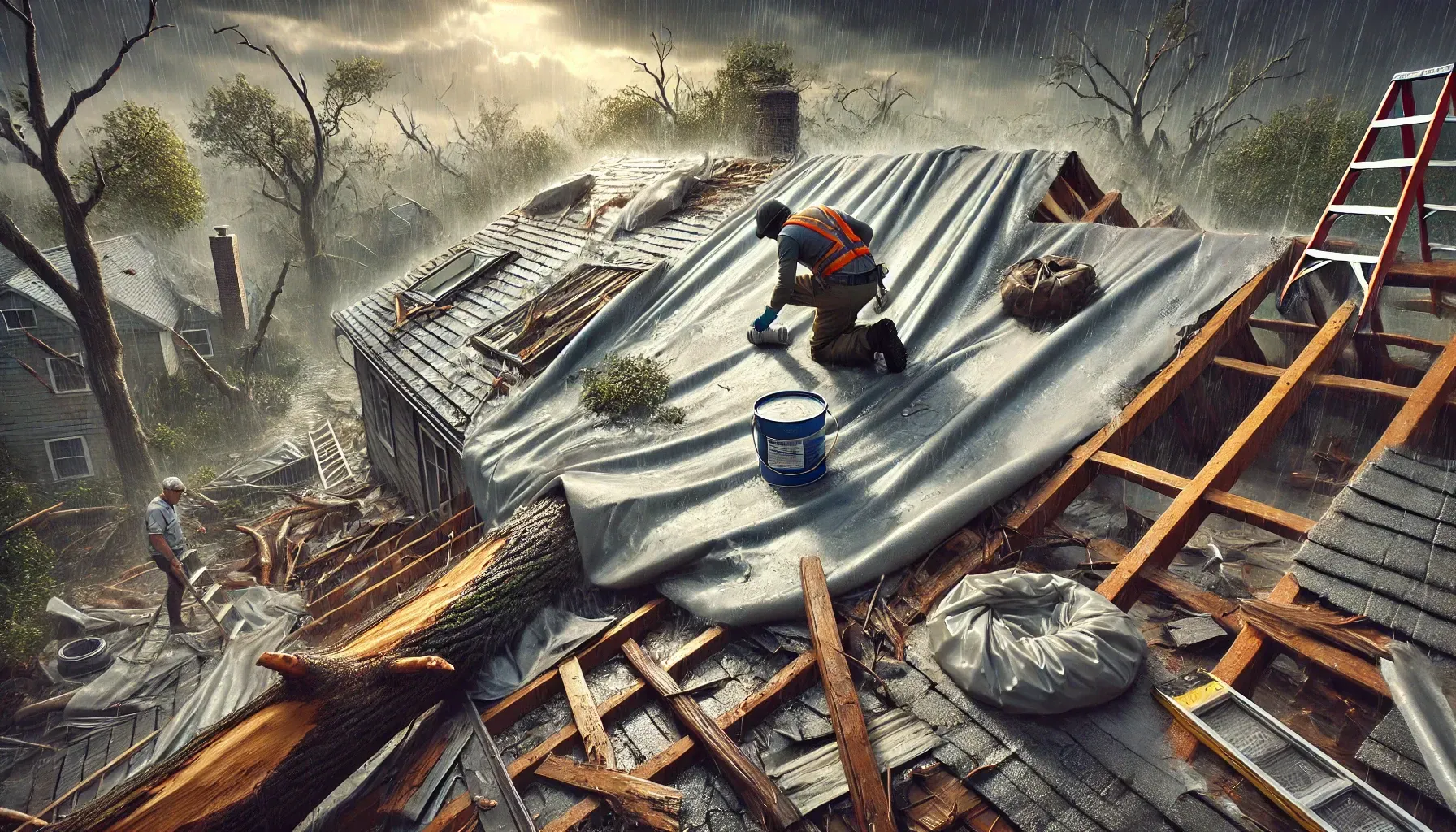
When leaks occur, acting quickly can minimize damage. Temporary solutions like tarps or sealants can help while you arrange for professional repairs.
Pro Tip: Always prioritize safety. Avoid climbing on a roof if conditions are unsafe.
Preventing Roof Leaks After Storms
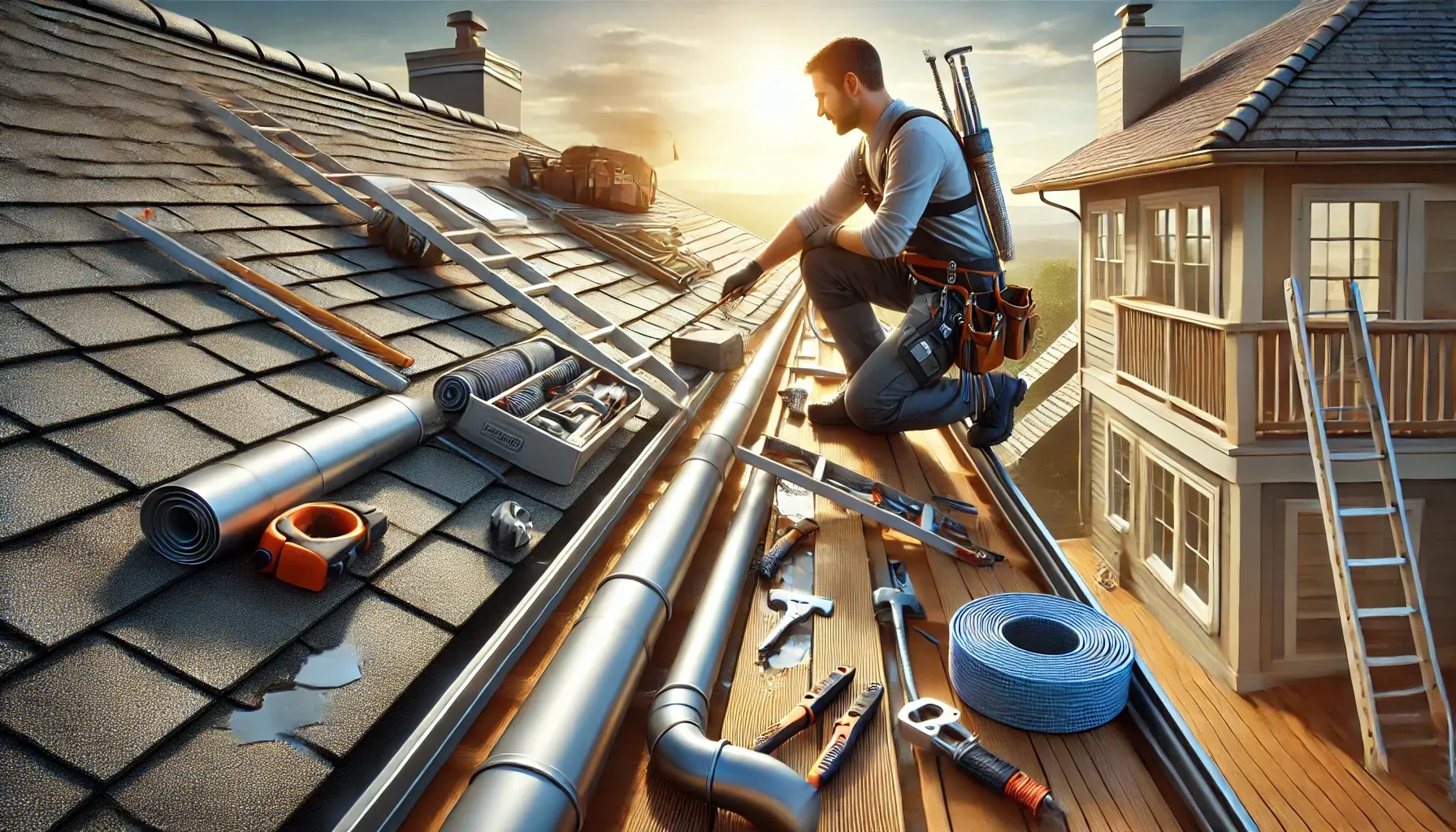
Prevention is the best defense against roof leaks. Here’s how to safeguard your property:
- Schedule regular maintenance: Annual inspections can identify and fix minor issues before they worsen.
- Invest in stormproof materials: Modern roofing options are designed to withstand severe weather.
- Upgrade drainage systems: Ensure your gutters and downspouts are equipped to handle heavy rain.
- Reinforce weak points: Pay special attention to flashing, shingles, and seals.
Conclusion
Storms are inevitable, but roof leaks don’t have to be. By understanding the common causes of roof leaks after a storm and taking proactive steps, you can protect your home or business from costly water damage. If you suspect your roof has been compromised, don’t hesitate to consult a
professional roofing contractor. Their expertise can ensure your roof remains a reliable barrier against the elements.

